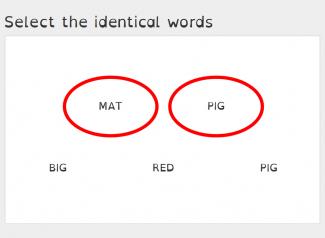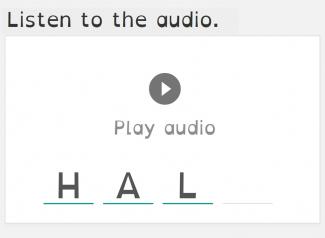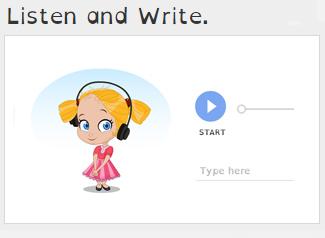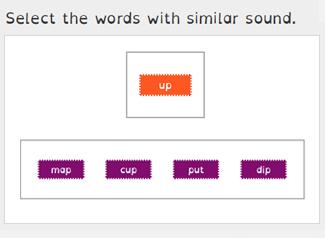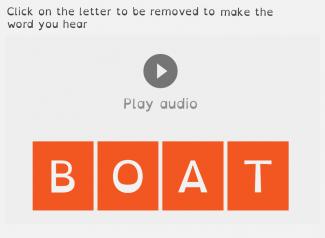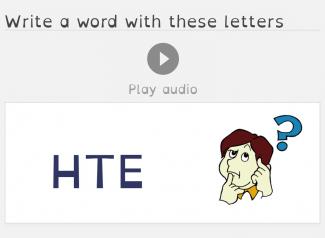Auditory Processing Disorder (APD)
What is auditory processing disorder (APD)?
Hearing is a critical part of a kids' social, emotional, and cognitive development. Our ears allow us to hear all the sounds. While hearing is a function of the ear, listening is a function of the brain. Ear takes the sound vibrations and sends the signals to the brain where they are interpreted as sounds. Language area of the brain interprets the sound and assigns meaning to the sounds. This natural process is called auditory processing.
Some people, having normal hearing, experience difficulty in processing sounds and making meaning of the sounds they hear. This disability is called Auditory Processing Disorder or APD. Children with APD have difficulty in interpreting, storing and manipulating auditory information. APD affects children’s speech and language development and it also impacts their reading and writing skills. These children have difficulty in understanding speech in noisy environments, in following instructions and in distinguishing similar speech sounds. They may wrongly hear instructions. For example, the instruction “Go to page eighty” may be heard as “Go to page eight.”
Some studies conducted recently, indicate that 75% of people with Learning Disabilities and Attention Deficit/Hyperactivity Disorder also have Auditory Processing Disorder.
Symptoms
Here are some of the symptoms that children with Auditory Processing Disorder may have.
-
Background sounds or noises cause problems in making out what is said.
-
Have poor listening skills.
-
Have poor auditory memory.
-
Have difficulties in reading and writing.
-
Find it hard to stay focused on classroom lectures.
-
Find it difficult to distinguish rhyming words.
-
Take more time in processing what is heard and therefore miss out on subsequent information/instruction. Unable to follow a lecture because of the delay in processing information.
-
Often make the speakers repeat what they had told them.
What teachers can do at school?
-
Seat the child at the front of the class. This helps the teacher to make more eye contact with the child and to easily monitor what the child does.
-
Skill building Strategies: Teacher should focus on building reading skills, listening skills and conversational skills. Teaching children with APD is not a simple task as it requires daily practice and specialised instructions.
-
Wherever possible teachers can use visual learning- diagrams, pictures, videos etc.
What can you, as parents, do at home?
You, the parents, have an important role to play in remedial measures. Here are some suggestions for the parents.
-
Understand your child’s problems and be compassionate towards him/her.
-
Understand the child’s comfort levels. Is the child able to concentrate more in a quiet place? Does the child do better when music is being played? (Playing music has an advantage because it shuts out other noises that distract the child.)
-
Find out the preference of your child. Does the child want to read aloud while studying? Or does the child want to do silent reading? Allow the child to follow her/his preference.
-
Have your child face you, when you are speaking to them.
-
Use short instructions and simple sentences.
-
Give dictation every day. Practising listening and writing is very important because at school the teacher often dictates notes. While giving dictation, include instructions. This is important because your child often fails to follow instructions. (Example: Open your textbook and go to page forty five. See the figure two on the page. Don’t forget to bring your workbook tomorrow. ) Make a list of instructions that are given by the teachers of your child and dictate these instructions.
-
Make the child read to you at least one paragraph every day.
-
Read out a paragraph to your child and make the child tell you a summary of what he had heard.
-
Watching cartoons is a good idea. It helps your child to concentrate on listening while visuals are being played out. At school, the teacher writes on the board while explaining the lesson. The child has to learn the skill of absorbing both visual material and auditory instructions.
-
There are many websites which offer audio with text. One can read the material and at the same time listen to the audio. Many organizations catering to visually impaired have audio texts. One can listen to stories online for free. Search the internet for audio books.
-
Make your child listen to you in total darkness. Only your voice is heard and there is no other noise to distract the child. (If your child has difficulty in sitting in darkness, have a very faint light- keep a window slightly open to allow a little light to come into the room.) This can be done at night. The advantage here is that only the auditory senses become active. The child may be able to concentrate more on the sound.
-
Learning music can be very helpful as it involves distinguishing sounds. The child can learn vocal music or learn to play a musical instrument. The child comes to terms with the various aspects of sound- tone, pitch, frequency etc. Patterns and rhythms are integral parts of music. Learning music would do your child a world of good. To know more, search the net: Music Therapy for Auditory Processing Disorder. If your child has no inclination to learn music, let her/him listen to music.

